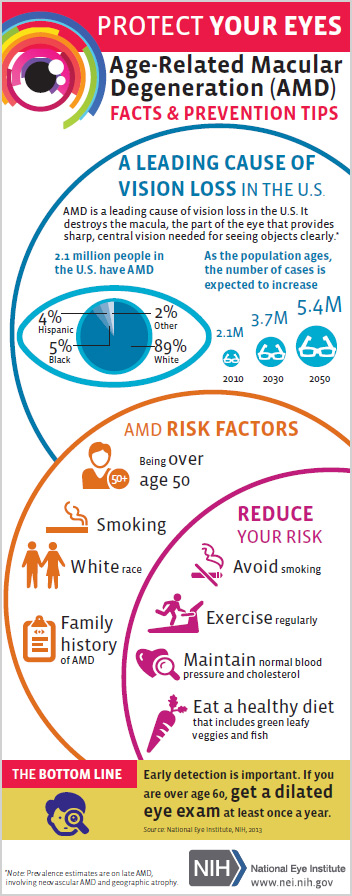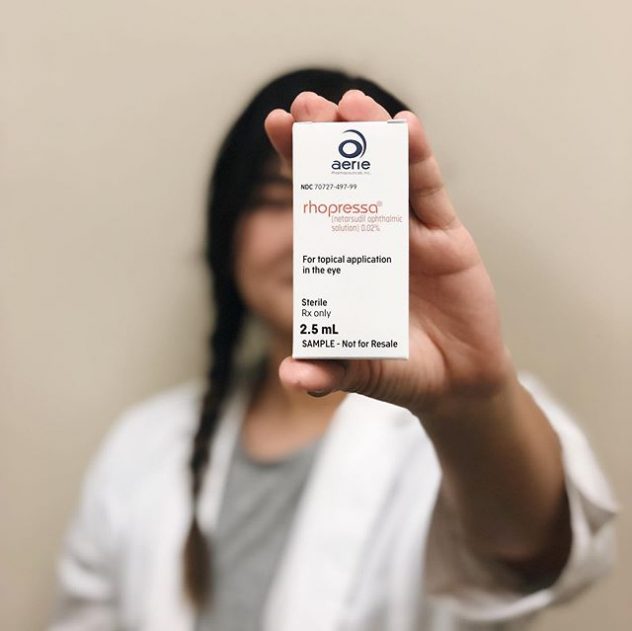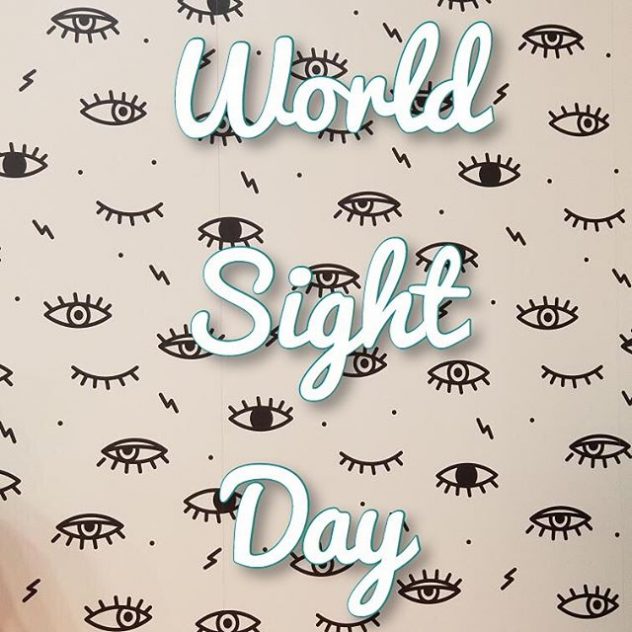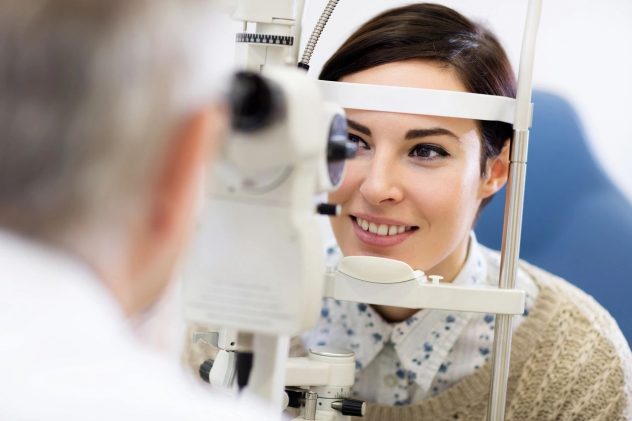With today’s medical advances, more and more people are living longer and celebrating good health: They are eating healthy foods, they are staying active, they are controlling their blood pressure and cholesterol levels, and they are not smoking.
 Practice good eye health … Make vision a health priority by seeing your eye care professional
Practice good eye health … Make vision a health priority by seeing your eye care professional
Feeling good and living life to its fullest also means taking good care of your eyes. Even if you enjoy relatively good vision now, visiting your eye care professional once a year is the best thing you can do to care for your eyes. Getting an eye exam is more important now than ever before, because as you get older, you are at higher risk of developing several age-related eye diseases and conditions, including—
- Age-related macular degeneration
- Cataract
- Diabetic retinopathy
- Glaucoma
In their early stages, these diseases often have no warning signs or symptoms. In fact, the only way to detect them before they become serious and cause vision loss is through a comprehensive dilated eye exam. Fortunately, if your eye care professional catches and treats these conditions early, he or she can protect your eyesight.
What is a dilated eye exam?
A comprehensive dilated eye exam is important to maintain and protect healthy vision. During this exam, drops are placed in the eyes to dilate or widen the pupils (the round opening in the center of the eye). The eye care professional uses a special magnifying lens to examine the retina (the light-sensitive tissue at the back of the eye) and optic nerve (the bundle of fibers that send signals from the retina to the brain) for signs of damage and other eye problems.
Take charge of your vision
In addition to seeing your eye care professional routinely, you can do the following things to protect your vision:
- Stop smoking
- Eat a diet rich in green leafy vegetables and fish
- Exercise
- Maintain normal blood pressure
- Wear sunglasses and a brimmed hat anytime you are outside in bright sunshine
- Wear safety eyewear when working around your house or playing sports
Information and resources
The National Eye Institute (NEI) is part of the National Institutes of Health and the federal government’s lead agency for vision research that leads to sight-saving treatments, and it plays a key role in reducing visual impairment and blindness. For more information, visit the NEI Website at www.nei.nih.gov



 Common symptoms of dry eyes can be stinging or burning eyes. This can be accompanied with excessive tearing and a a sandy or gritty sensation; or episodes of blurred vision and redness. Some of the risk factors for dry eyes are age, hormonal changes, side effects from certain medications and auto-immune disorders, such as arthritis. Nearly 5 million Americans 50 years of age and older are estimated to have dry eye. Of these, more than 3 million are women . Dry eye is particularly common after menopause. Dry eye may be increasing among young people due to extended use of computers, tablets, and smart phones. Treatment include topical lubricants and prescription drops that enhance the eye’s tear film.
Common symptoms of dry eyes can be stinging or burning eyes. This can be accompanied with excessive tearing and a a sandy or gritty sensation; or episodes of blurred vision and redness. Some of the risk factors for dry eyes are age, hormonal changes, side effects from certain medications and auto-immune disorders, such as arthritis. Nearly 5 million Americans 50 years of age and older are estimated to have dry eye. Of these, more than 3 million are women . Dry eye is particularly common after menopause. Dry eye may be increasing among young people due to extended use of computers, tablets, and smart phones. Treatment include topical lubricants and prescription drops that enhance the eye’s tear film.



 Get plenty of physical activity
Get plenty of physical activity




 Practice good eye health … Make vision a health priority by seeing your eye care professional
Practice good eye health … Make vision a health priority by seeing your eye care professional
